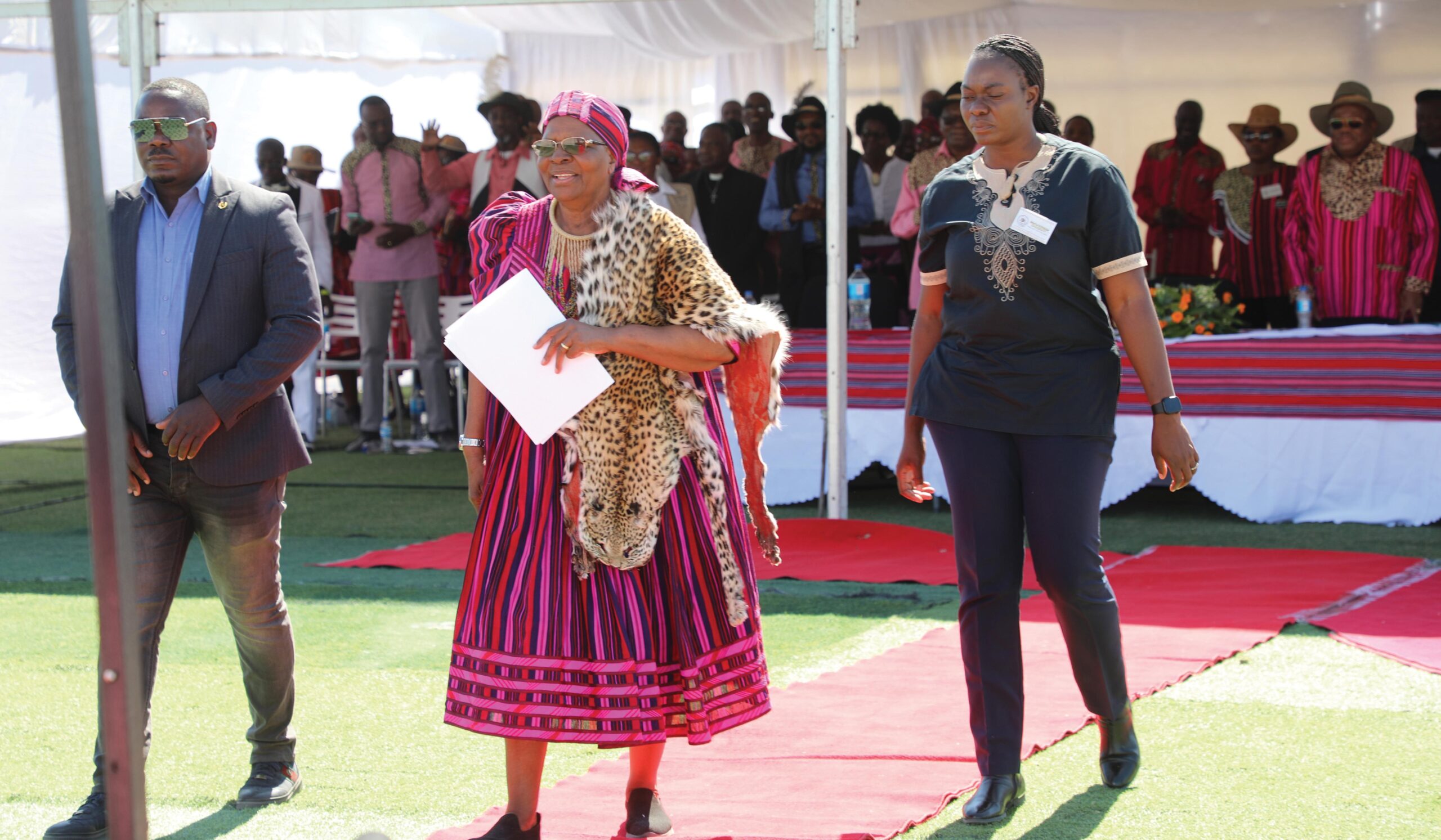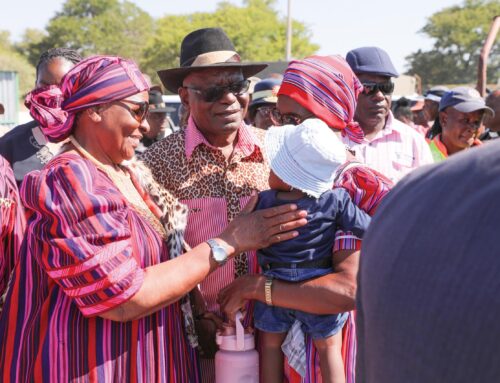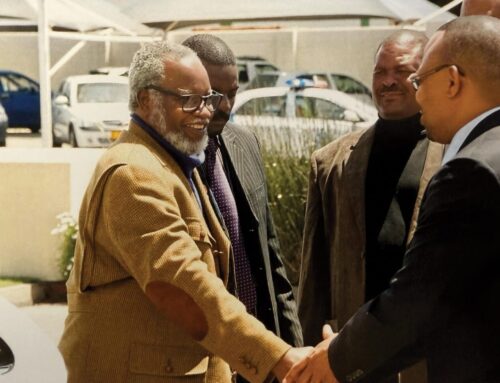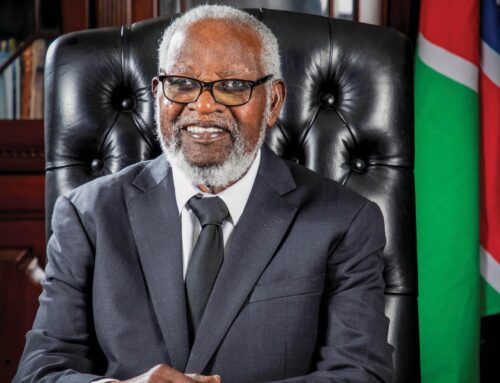“We don’t inherit the earth, we borrow it from our children.”
With the elections court challenge out of the way, Netumbo Nandi- Ndaitwah has officially been sworn in and serves as Namibia’s first female president. Serving with her will be her new cabinet, one I sincerely hope will take a more long-term view than Namibian politicians seem to have traditionally done.
In 2019/20, as the country experienced the worst drought recorded in 90 years, all sorts of conferences and round-table meetings were held to come up with solutions other than the tried and tested “we must pray for rain”. Various plans were suggested, from purchasing the existing desalination plant at the coast, or building a new one and piping that water up to the central area dams, to improving and extending the canal infrastructure from the north of the country. Other suggestions included improved aquifer management, increased reliance on drought resistant crops and even building a pipeline all the way to the Congo River in the Democratic Republic of the Congo!
But then the prayers seemed to work: the rains came, and the dams filled up, with the recently completed giant Neckartal Dam in the south of the country even overflowing in January 2021. With the arrival of the rain, the plans got shelved – they were after all not needed anymore. Except that in 2023/24 the country once again experienced a drought. The dams again started running dry (with the exception of the Neckartal Dam, although due to another lack of forward planning that water could not be used anyway), water restrictions were once again put in place, the Hardap Green Schemes Irrigation Project was told it could no longer be supplied with water, and the country once again had to rush to come up with a solution, forgetting that, had we not put the previous plans in the bottom drawer last time, we might not have been in such a dire position this time.
The fact that we have once again been “saved” by the rain just proves the point that we do this again and again – and not just with water.
Namibia can, quite rightly, brag about our beautiful new port at Walvis Bay and the increased volumes that are being handled there, but no-one seemed to realise that with an expanded port handling higher volumes of goods we would need an improved road and rail network to transport all that freight from the coast to the interior of the country and on to our neighbours. We are now playing a game of catch-up, with the railway lines from Walvis Bay to Kranzberg and Kranzberg to Otjiwarongo being upgraded, while the rehabilitation of the road between Karibib and Usakos is also finally underway. However, the road between Usakos and Swakopmund is still in desperate need of an upgrade.
It is not just when it comes to the bigger, national projects that we seem to have a short- sighted view, though. When Windhoek’s Robert Mugabe Avenue was extended to connect to Kleine Kuppe it should not have taken a genius to work out that with a giant shopping mall and various other retail options, plus a hotel, a hospital, a large private school and hectares worth of land earmarked for development, the road should have been built with two lanes in either direction! While I do subscribe to the principle of induced demand when it comes to traffic and I would much rather see investments made in public transport and cycling infrastructures, you only need to drive that way during peak traffic times to realise that an extra couple of lanes would have been a great idea. In the same way that Auas Road is now being upgraded, we will likely in a couple of years see another bridge being built over the Dr Hage G. Geingob Freeway and Robert Mugabe Avenue being widened, because there is still open land in Kleine Kuppe, and more high-density housing projects are being built there all the time.
I know that politicians have a limited time in office (as well they should) and that it often leads to short-term thinking, but it should not be too much to ask of our new ministers and deputy ministers, whoever they may be, to think a little further down the road and try to consider the bigger picture when making decisions. After all, it is the future of our beautiful country and the shape we leave it in for future generations that should be at the forefront of our thinking.
As Native American leader Chief Seattle said: “We don’t inherit the earth, we borrow it from our children.” Until next time, enjoy your journey
David Bishop







